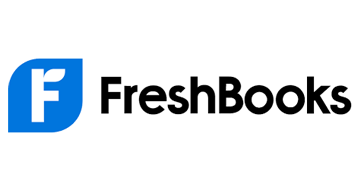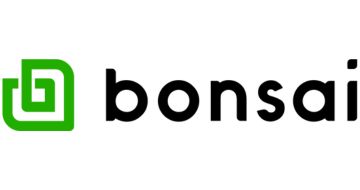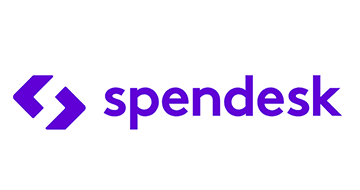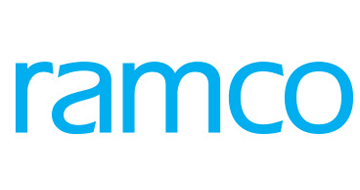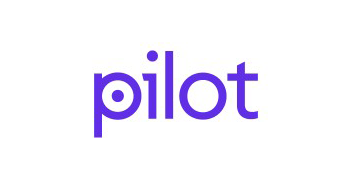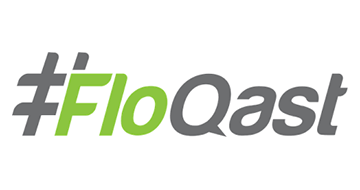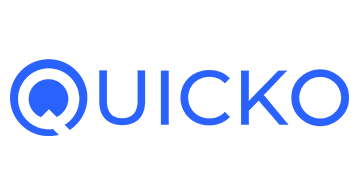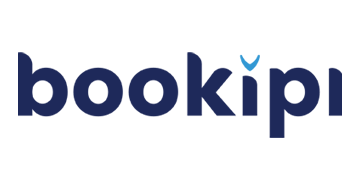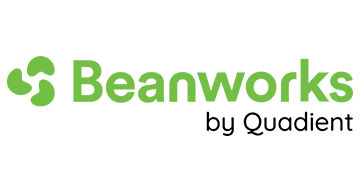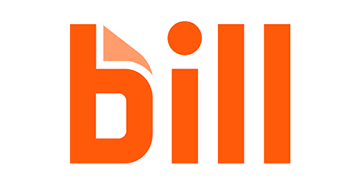What Is Accounting Software?
Accounting software is a powerful enterprise tool that simplifies financial management for businesses of any size. It allows you to track revenues and expenses, manage invoices, reconcile bank transactions, generate financial reports, and ensure compliance with accounting standards.
With intuitive user interfaces and advanced features, accounting software helps businesses streamline their financial processes and make informed decisions.
How We Rank the Best Accounting Software
We use a detailed rating methodology to evaluate and rank accounting software. Our unique rating system, the Genius Score, combines external reviews and internal testing. It takes into account pricing, ease of use, features and support to provide an accurate rating. You can learn more about our rating methodology and the Genius Score on our dedicated page.
Features and Benefits of Accounting Software
- Financial tracking: Monitor revenue, expenses, and cash flow to get a comprehensive view of your company’s financial health.
- Billing and invoicing: Create professional invoices, automate recurring invoices and manage payment reminders to improve cash flow and reduce administrative tasks.
- Financial Reporting: Create accurate financial reports, including balance sheets, income statements, and cash flow statements, to gain insight into your company’s performance.
- Bank Reconciliation: Seamlessly reconcile bank transactions with your accounting records to ensure accuracy and minimize errors.
- Expense Management: Track and categorize expenses, simplify expense reimbursement, and improve budgeting and cost control.
How Much Does Accounting Software Cost?
The cost of accounting software varies depending on the features, scalability and subscription plans offered by different vendors. Prices can range from affordable monthly subscriptions for small businesses to comprehensive enterprise solutions. Some vendors offer tiered pricing based on the number of users or additional features needed. Review the specific needs of your business and compare pricing options to find the most affordable software that fits your budget.
